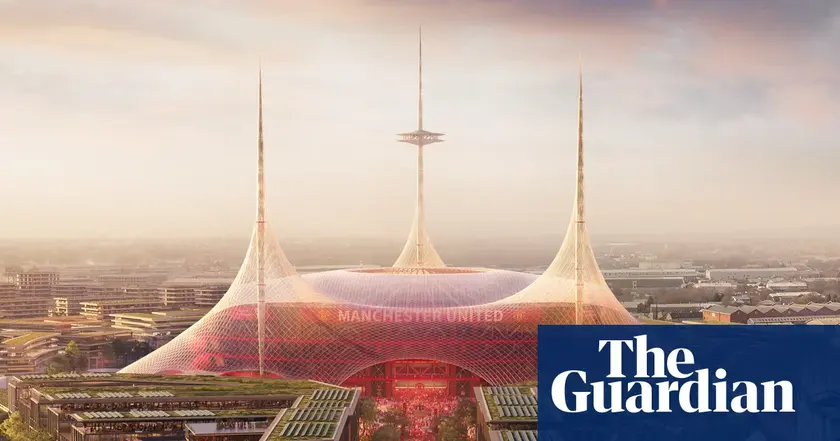T4K3.news
Arctic glaciers face terminal decline due to microbial melt
Svalbard researchers warn microbes may speed up ice loss, affecting freshwater and climate costs.
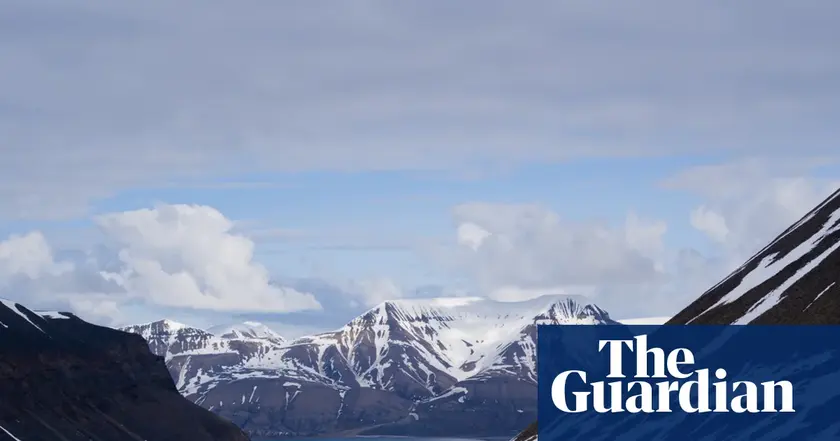
Scientists in Svalbard study polar microbes as warming Arctic glaciers melt faster, threatening freshwater supplies and climate costs.
Arctic glaciers face terminal decline due to microbial melt
In Svalbard, glacier researchers study life on and inside ice. They describe cryoconite granules as tiny, self contained ecosystems that host bacteria, fungi, viruses and even tiny animals. The surface darkens as pigments trap sunlight and dust darkens ice, speeding up melt. In summer, red pigments bloom on the snow, creating watermelon snow.
The Arctic is warming far faster than the global average, and researchers warn that microbial feedbacks could raise climate costs and threaten freshwater supplies used by billions. The region holds at least 2 billion people who rely on meltwater, and even if Paris targets are met, many glaciers may not survive this century. The article also describes methane released from underground stores and pingo seeps, while some microbes can consume methane and slow releases. Edwards argues for an international repository to preserve polar microbial diversity.
Key Takeaways
"This is a terminally ill glacier"
Edwards on Foxfonna in Svalbard
"The snowpack chemistry is now different to preindustrial era snow"
Edwards on snowpack changes
"Methanotrophs will save the day"
Hodson on methane eaters at a pingo
"The organisms that can survive here are very, very evolutionarily advanced"
Edwards on Arctic microbes
The article shows how tiny organisms can influence big systems. Microbes add a missing layer to climate science, connecting ice surface changes to temperatures and emissions. If models miss surface darkening and underground methane dynamics, projections may understate risk.
The piece also asks hard questions about funding. Preserving microbial diversity could become a valuable scientific resource, but it requires steady support and international cooperation. By pairing vivid scenes with facts, it reminds readers that the Arctic is a living, changing place, not just a map of white ice.
Highlights
- Terminally ill glacier signals a race against time
- Snowpack chemistry now differs from preindustrial snow
- Methanotrophs may curb methane release
- Microbial darkening makes ice absorb more heat
Budget and political risk from microbial climate feedbacks
The article highlights microbial processes that could alter melt rates and climate costs, touching budget and policy implications. It may provoke political sensitivity and public discussion.
The race to map these microbes continues as glaciers recede.
Enjoyed this? Let your friends know!
Related News
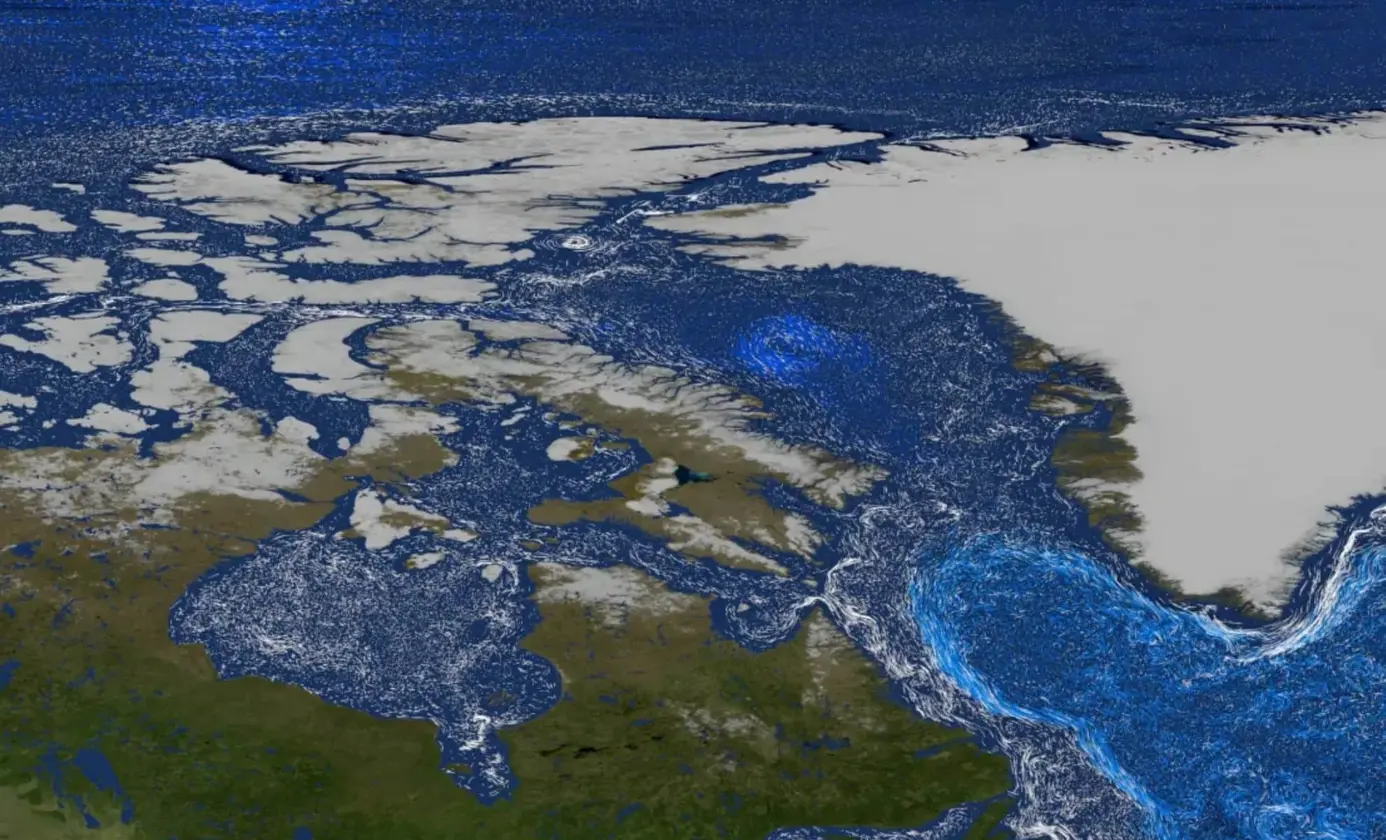
NASA Reports on Greenland's Glaciers and Marine Life
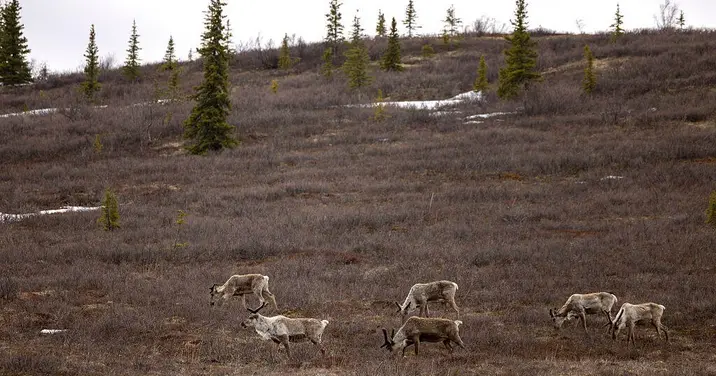
Arctic reindeer at risk as study warns of sharp declines

Gillian Shaw pleads guilty to manslaughter in partner's death
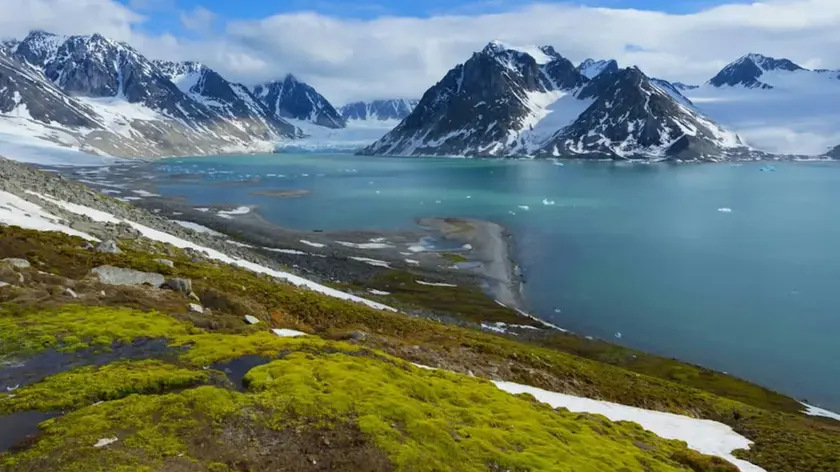
Arctic winter shift detected

Discovery of 75,000-year-old animal remains in Norway

Glacier Reveals 28 Year Mystery in Pakistan

Body found in glacier linked to disappearances
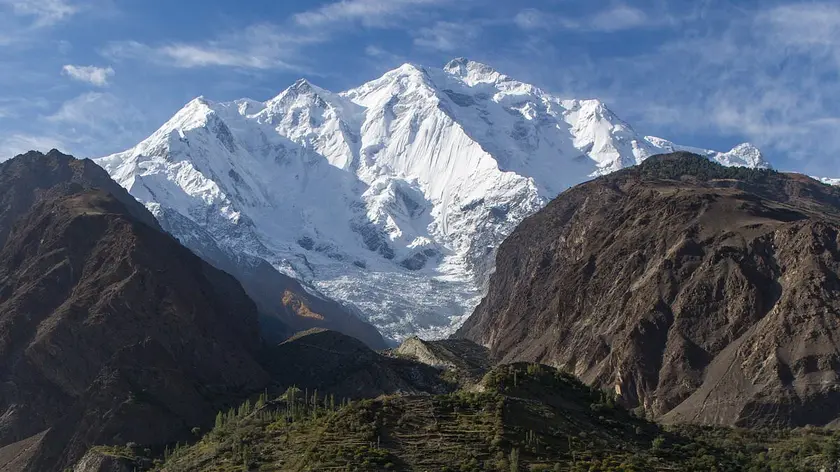
New findings on Karakoram glaciers stun climate scientists
